Juglans Cinerea (Butternut)
Juglans cinerea or Butternut is a large perennial tree belonging to the walnut family. It is found in different parts of North America. It is also known as the White Walnut tree. The nuts of this tree are edible with delicious flavor and taste. These nuts are popularly used for various edible and medicinal purposes all over the world. Juglans cinerea trees are considered to be an “Endangered” species by the Committee on the Status of Endangered Wildlife in Canada.
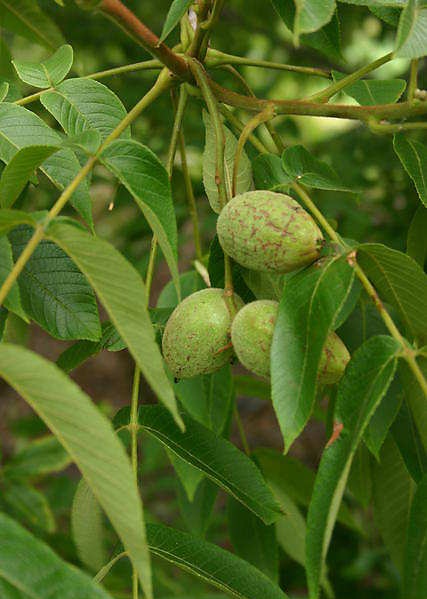
Juglans Cinerea (Butternut)
Table Of Content
Butternut Tree Scientific Name
The scientific name for these trees is Juglans cinerea.
Juglans cinerea Description
The Butternut trees are identified by their special appearance. Here is their general description:
Height: These trees usually grow up to 20 meters in height. They are also known to have grown 30 meters in height.
Stem: Their stems are somewhere between 40 cm and 80 cm wide in diameter.
Bark: They have light grey bark developing in diamond pattern.
Leaves: The pinnate leaves grow 40 to 70 cm long with 10 to 17 leaflets. Each leaflet grows 5 cm to 10 cm in length and 3 cm to 5 cm in width. These leaves are alternate and compound in nature. Each leaf has a terminal leaflet. The Butternut leaves are bright yellowish green in color.
Flowers: The inconspicuous yellow green flowers grow in catkins.
Fruits: Their fruits grow in bunches with 2 to 6 lemon shaped fruits growing together. The green husk of these oblong-ovoid fruits surrounds the nuts.
Nuts: The nuts grow between 3 cm and 6 cm in length while they are 2 to 4 cm broad. They have an agreeable flavor with an oily texture.
Juglans cinerea Distribution
These nut trees are mainly found in the eastern regions of United States and southeastern Canada. The eastern range of their distribution extends to New Brunswick and the southern parts of Quebec to Minnesota in west. These trees are also found in northern Alabama and some regions of north Arkansas.
How to Grow Juglans cinerea (Butternut)
Butternut often grows with various other large trees in mixed mesophytic forests. It is usually grown from seeds. The Juglans cinerea seeds mature when the trees grow 20 years old. The trees grow rather quickly living for up to 75 years.
Well drained soils on the banks of streams are ideal for growing them. However, they can also survive in dry and rocky soils of limestone origin. Full sunlight is ideal for their proper growth. These nut trees also need plenty of water to grow. Butternut trees are found in altitudes up to 1500 meter from sea level in the Virginias.
Butternut trees should be harvested after the fruits are properly ripe. This makes it easier to break the outer husk to obtain the edible nut.
Juglans cinerea (Butternut) Health Benefits
The edible nuts of this tree have many health benefits to offer:
- They are rich in various proteins, vitamins and minerals.
- These nuts are a good source of phytochemical beta-carotene.
- Their antioxidant properties increase immunity and decrease the risk of cancer.
- They are quite rich in the omega-3 fatty acids.
Juglans cinerea (Butternut) Nutritional Facts
Here is the nutritional benefit for per 100 gm of these nuts:
| Nutrients | Amount |
| Energy | 2,561 kJ (612 kcal) |
| Carbohydrates | 12.05 gm |
| – Dietary fiber | 4.7 gm |
| Fat | 56.98 gm |
| – Saturated | 1.306 gm |
| – Monounsaturated | 10.425 gm |
| – Polyunsaturated | 42.741 gm |
| Protein | 24.90 gm |
| Water | 3.34 gm |
| Alcohol | 0 |
| Caffeine | 0 |
| Vitamin A equiv. | 6 μg |
| Vitamin A | 24 IU |
| Thiamine (vit. B1) | 0.383 mg |
| Riboflavin (vit. B2) | 0.148 mg |
| Niacin (vit. B3) | 1.045 mg |
| Pantothenic acid (B5) | 0.633 mg |
| Vitamin B6 | 0.560 mg |
| Folate (vit. B9) | 66 μg |
| Vitamin B12 | 0 μg |
| Vitamin C | 3.2 mg |
| Calcium | 53 mg |
| Iron | 4.02 mg |
| Magnesium | 237 mg |
| Manganese | 6.560 mg |
| Phosphorus | 446 mg |
| Potassium | 421 mg |
| Sodium | 1 mg |
| Zinc | 3.13 mg |
Butternut Uses
Like other types of walnut, these sweet nuts are widely used for different edible and medicinal purposes.
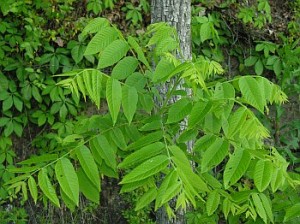 Picture 3 – Juglans cinerea Tree
Picture 3 – Juglans cinerea Tree
Edible Uses
- The delicious nuts are often eaten raw as a snack.
- They are also used for making cookies, cakes, muffins and other confectionaries.
- Various desserts and candies are made with Butternuts for their wonderful flavor.
- Oil extracted from these nuts is edible, but it tends to go stale quickly.
- The bark of these trees is sometimes boiled with sugar and made into a maple syrup like syrup.
Medicinal Uses
- It is used for treating chronic constipation as it can encourage proper bowel movements.
- These nuts are also used for maintaining cholesterol levels.
- The bark infusion is used as a febrifuge, cholagogue, stomachic and mild laxative.
- Extracted oil from these nuts is used for treating tapeworms and different fungal infections.
Other Uses
- The rot resistant Butternut lumber or wood is highly valued and is widely used in furniture making.
- The nut rinds and bark are sometimes used for dying homespun clothes.
Butternut Recipes
These nutritious nuts are used for preparing various dishes in different countries. Their popular recipes include:
- Peter’s Pickled Butternuts
- Cream of Butternut Soup
- Butternut Cinerean Brownies
- Butternut Cookies
- Butternut Pineapple Date Loaf
- Butternut Cracker Date Pie
- Butternut Butterscotch Squares
- Whole-wheat Butternut Bread
Juglans cinerea (Butternut) During Pregnancy
One should avoid consuming this nut in any form during pregnancy as it can cause various complications. Expert consultation is suggested before consumption.
Juglans cinerea (Butternut) Side Effects
The nuts have no side effects when consumed in moderate amounts. Over consumption of these nuts can result in stomach and intestines irritation. It may also cause diarrhea in some people. They may initiate allergenic reactions to people who are allergic to nuts.
Juglans cinerea (Butternut) Interesting Facts
Here are some interesting facts about this edible nut and their tree:
- The nuts are a favorite of small animals like squirrels and chipmunks.
- The people of areas such as southern Indiana and southern Illinois were known as “butternuts” because they used to wear homespun clothes died with Butternut.
- Confederate soldiers were sometimes called “butternuts” during the American Civil War.
- The bark of this tree was once used as a substitute for jalap.
Juglans cinerea (Butternut) Pictures
Here are some images of these delicious nuts and their attractive trees.
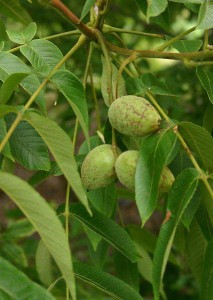 Picture 4 – Juglans cinerea Picture
Picture 4 – Juglans cinerea Picture
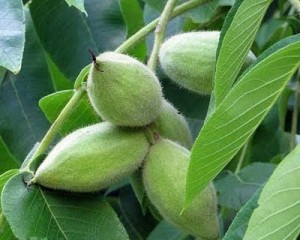 Picture 5 – Juglans cinerea Photo
Picture 5 – Juglans cinerea Photo
References:
http://en.wikipedia.org/wiki/Juglans_cinerea
https://www.srs.fs.usda.gov/pubs/misc/ag_654/volume_2/juglans/cinerea.htm
http://www.naturalmedicinalherbs.net/herbs/j/juglans-cinerea=butternut.php
- by Deepamala Bhattacharya
- February 3rd 2012

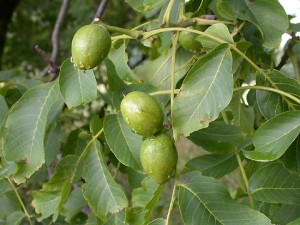
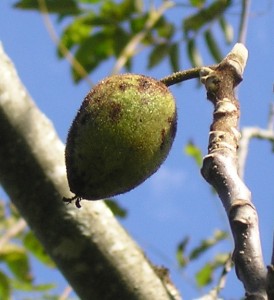
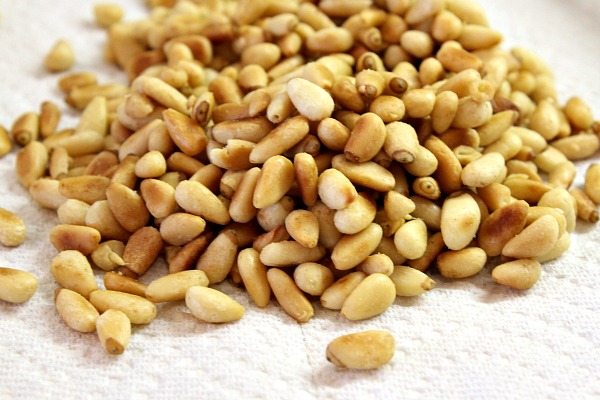

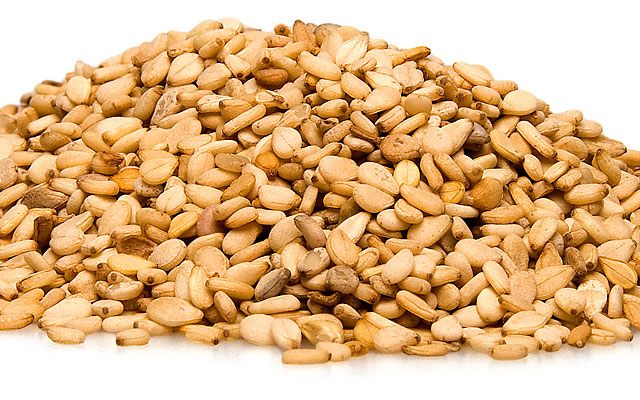
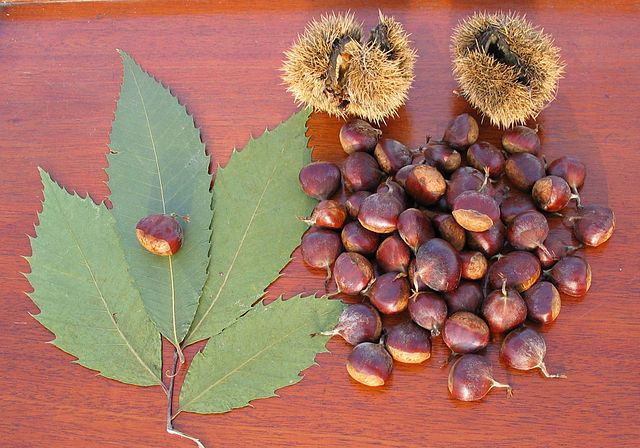
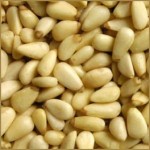
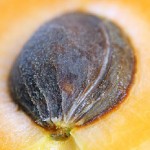
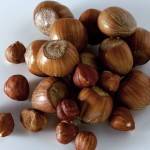
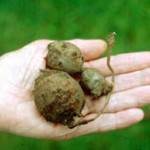
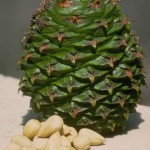
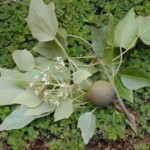
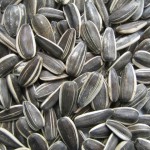
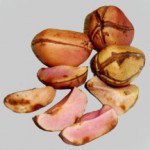
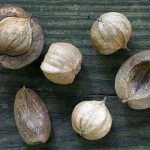





Leave a Reply